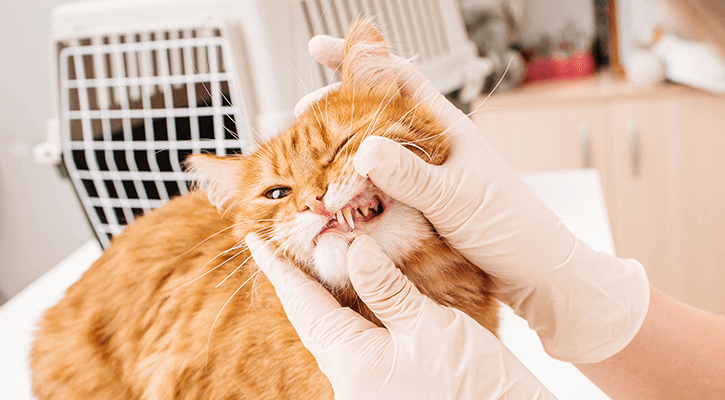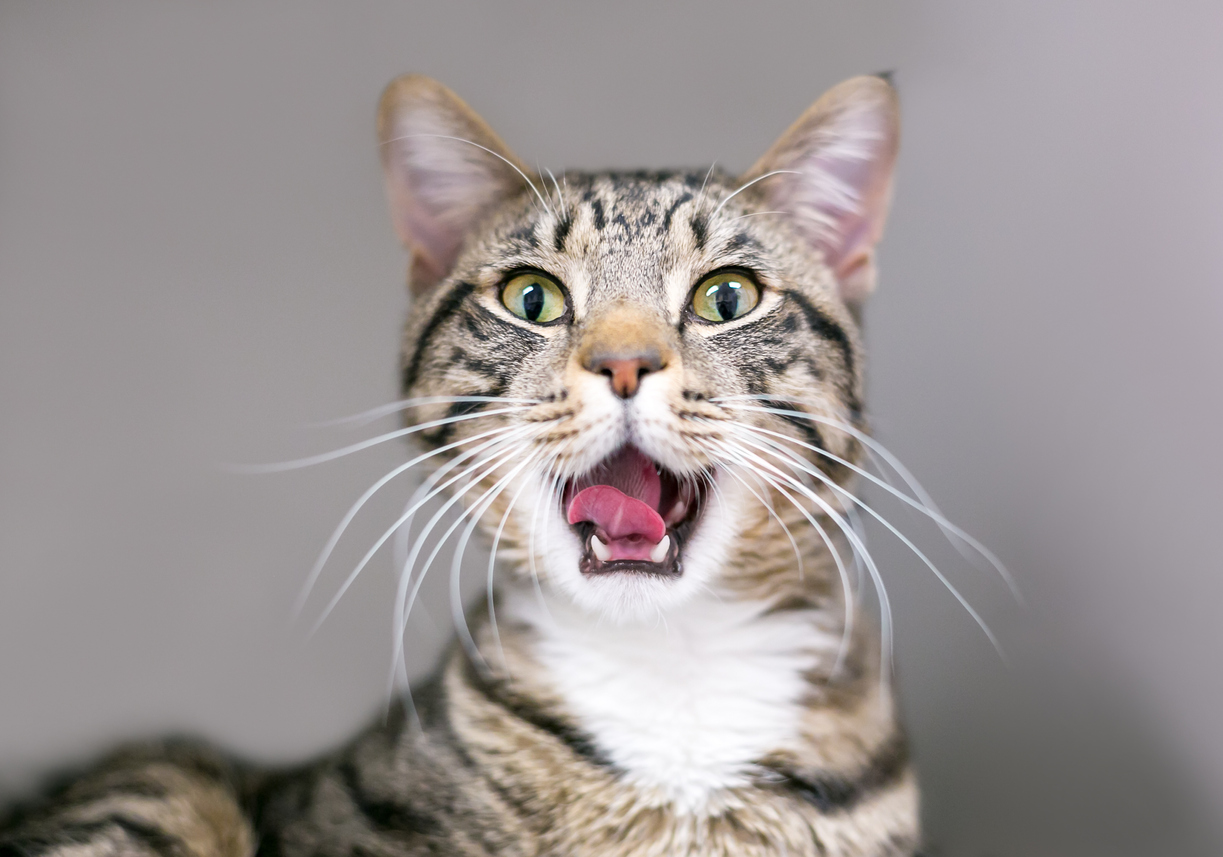Wellness testing for Senior Cats
What is wellness testing?
Wellness testing is a program of check-ups and blood tests designed to detect early or hidden disease in pets that appear to be healthy. In older cats, wellness testing is also used to monitor stable, but ongoing health problems.

Why should I do wellness testing?
Cats are very good at masking illness and disease that may be present. If a disease can be detected early on, before a cat shows signs of illness, then steps can often be taken to manage or correct the problem before permanent damage occurs. Wellness testing is particularly important for senior and geriatric cats, since there is a greater chance that an older cat will develop disease or have an ongoing but stable condition that needs to be monitored.When is wellness testing done?
Wellness testing should be done on a regular basis. Many pet owners combine wellness testing with their cat’s annual visit to their veterinarian for physical examination and vaccinations. Your veterinarian may recommend more frequent testing depending on your cat's age or specific health concerns. Monitoring your older cat’s health on a regular basis makes it easier for your veterinarian to detect minor changes that signal the onset of disease or a deterioration of an existing condition.

What is involved in wellness testing?
There are five main categories of wellness testing for senior cats: complete blood count (CBC), biochemistry profile, urinalysis, thyroid hormone testing, and blood pressure assessment. Comprehensive testing is recommended for senior cats due to the higher risk of underlying disease.
Complete Blood Count (CBC). This blood test gives information about the different cell types in the blood. These include red blood cells, which carry oxygen to the tissues, white blood cells, which fight infection and respond to inflammation, and platelets, which help the blood to clot. The CBC provides details about the number, size, and shape of the various cells types, and identifies the presence of any abnormal cells. It is a routine test used in all stages of health and illness and can indicate the presence of many forms of disease (for more information, see handout "Complete Blood Count").
Biochemistry Profile. This is a panel of tests that provide information about the organs and tissues of the body and helps to detect diabetes, kidney disease, liver disease, and other disorders (for more information, see handout “Serum Biochemistry”). If minor abnormalities are found on the biochemistry profile, your veterinarian may suggest that the tests be repeated in a few days, weeks, or months. If the abnormalities are more serious, then a more extensive diagnostic workup may be recommended, including an expanded biochemistry profile or imaging tests including radiographs (X-rays) or ultrasound.
Urinalysis. Urinalysis is a routine test that reports the physical and chemical properties of a pet’s urine (for more information, see handout “Urinalysis”). Urinalysis provides information about how well the kidneys are working and identifies inflammation and infection in the urinary system. It can also help detect diabetes and can be useful in the diagnosis of tumors within the urinary system. Urinalysis is part of a complete assessment of the kidneys and urinary system and should be included in routine wellness testing. It is particularly important for senior and geriatric cats because of the high rate of kidney disease in older cats.
Thyroid testing. The thyroid gland acts like a thermostat and sets the metabolic rate of the whole body (for more information, see handout “Thyroid Hormone Testing in Cats”). Thyroid disease is common in older cats, and hormone levels should be measured in all cats eight years of age and older as part of routine wellness testing. The most common thyroid disease in the cat is called hyperthyroidism, which occurs when the thyroid gland produces too much thyroid hormone. This causes a marked increase in the body’s metabolic rate, and puts a strain on the heart, liver, and kidneys. Typical signs of hyperthyroidism in the cat are unexplained weight loss, increased appetite, restlessness, increased activity, increased thirst and urination, vomiting, and diarrhea.
Blood Pressure Testing. Cats with high blood pressure, or hypertension, usually show no outward signs until the hypertension has caused damage to organs like the kidneys or eyes. Screening is done similarly to how we have our blood pressure measured, using a cuff that blows up around the leg. Sometimes a machine called a Doppler ultrasound is used to identify the point at which the cuff starts to stop blood flow in the leg.
Wellness testing is a simple and effective way of monitoring your older cat's health. Early detection and correction of medical problems help to ensure that your pet will be healthy and active for as long as possible.



